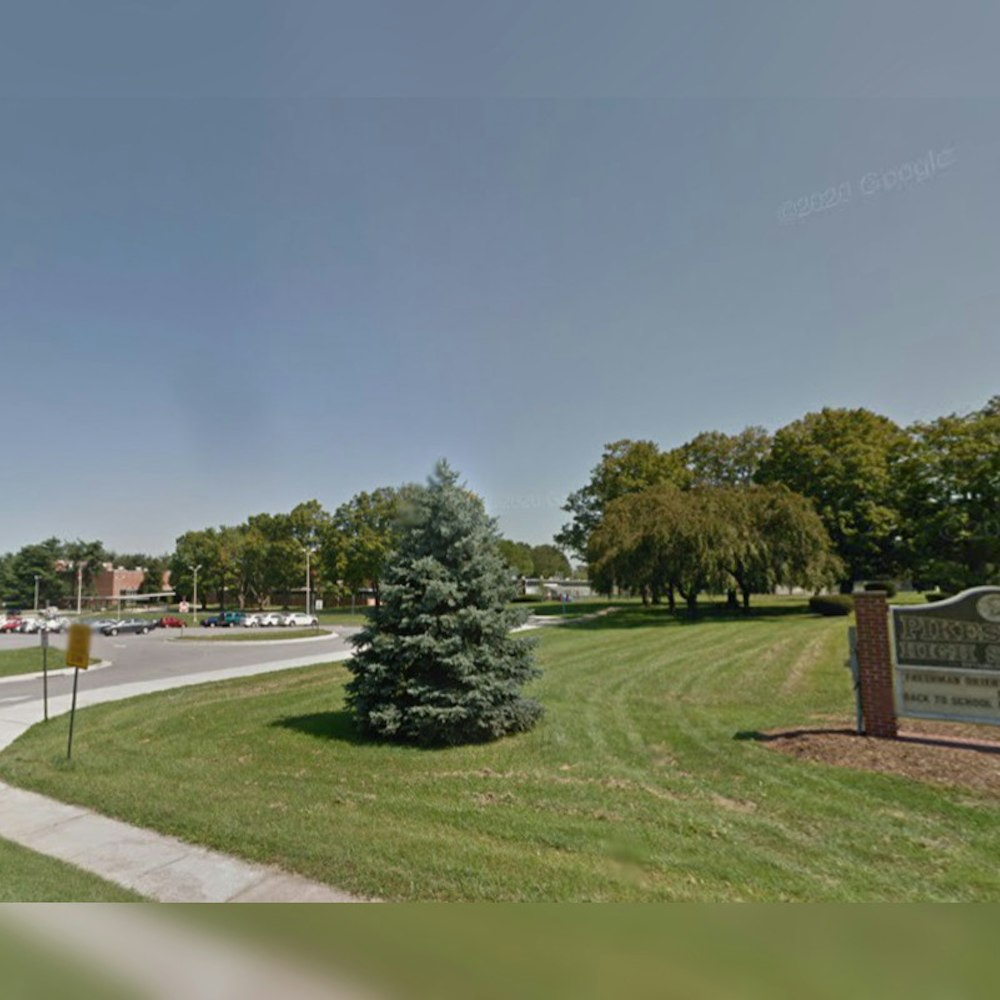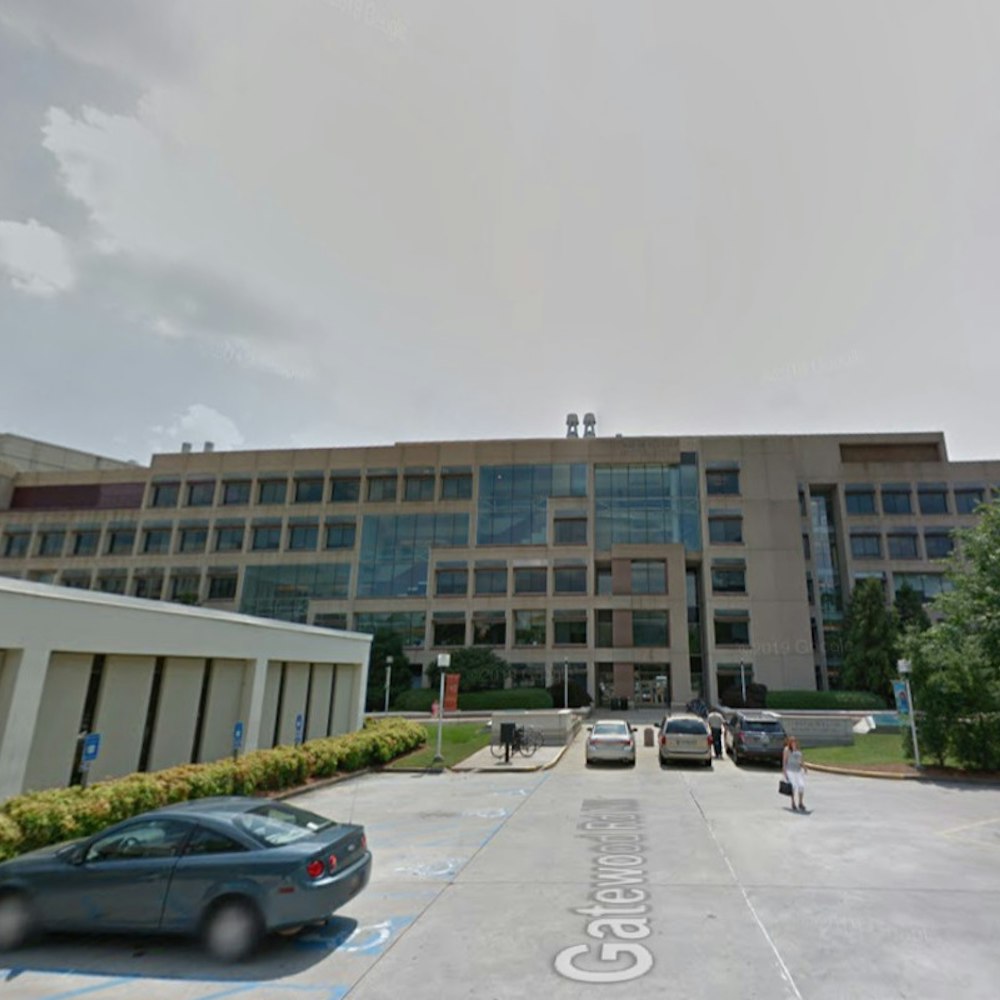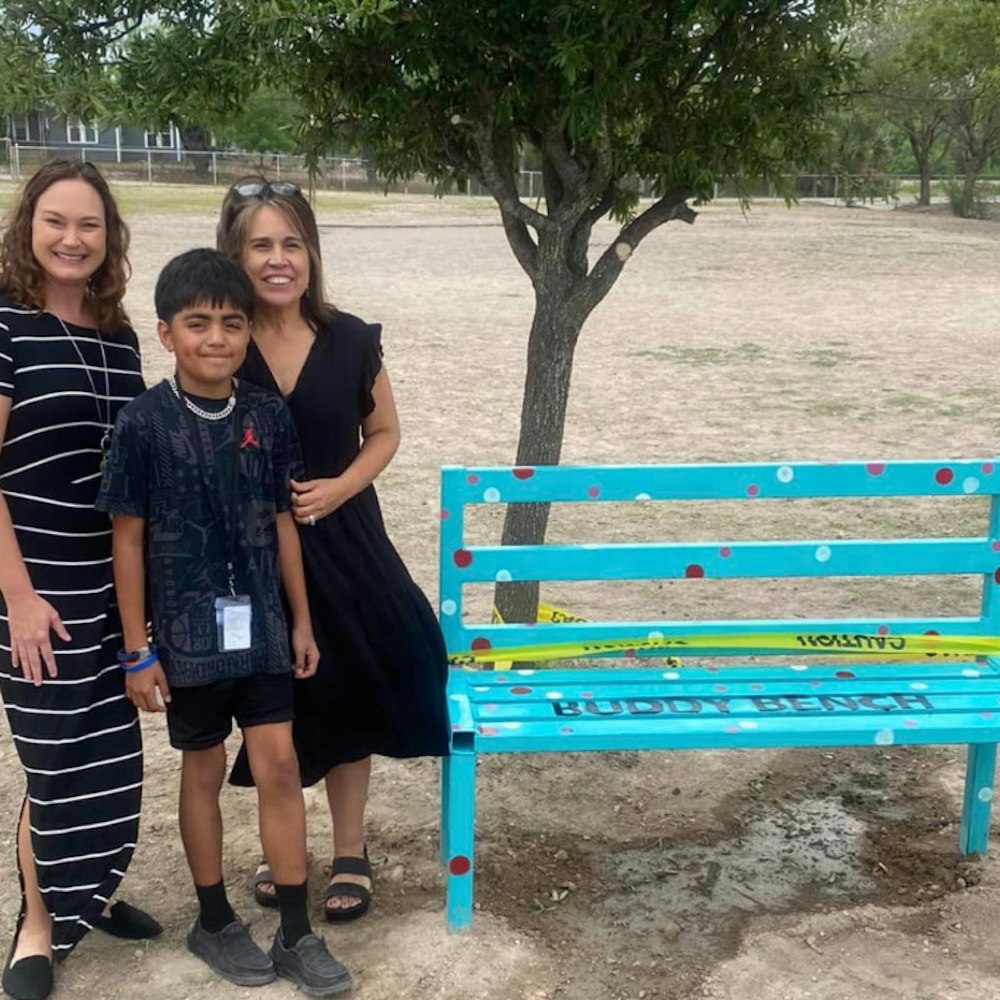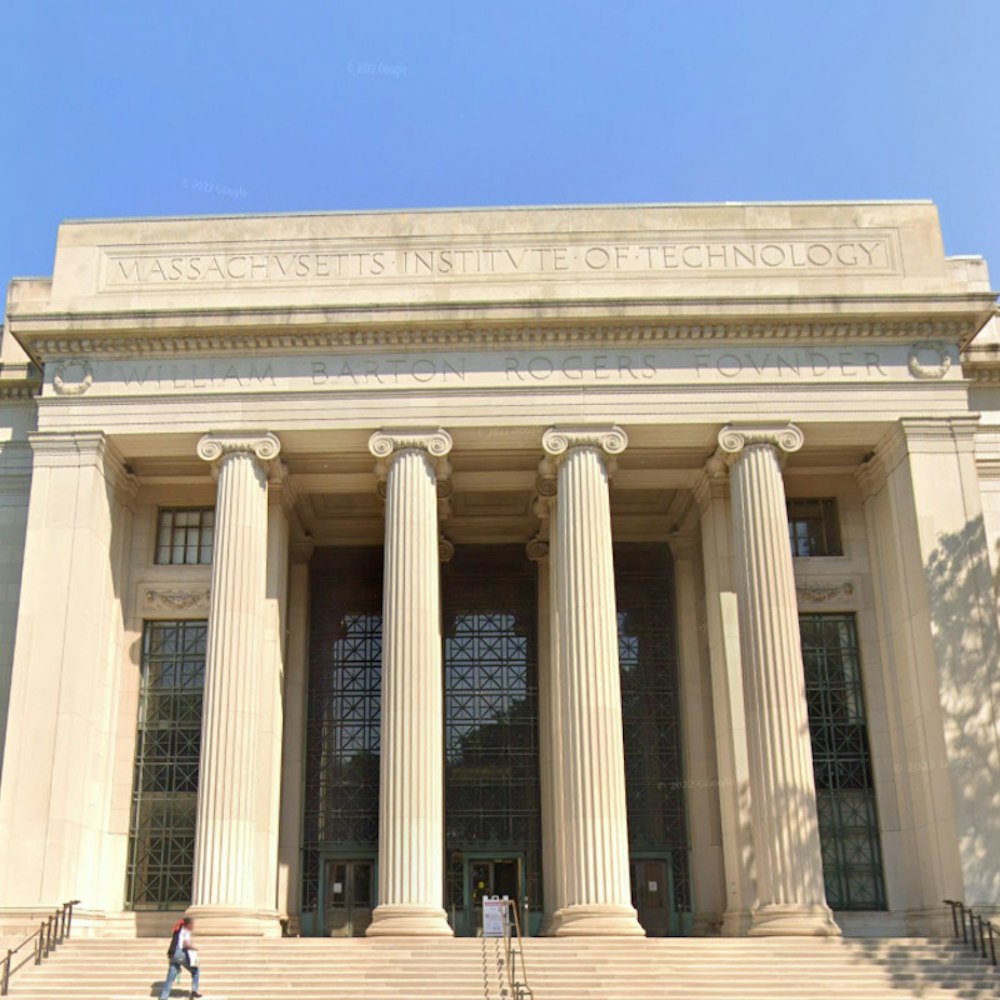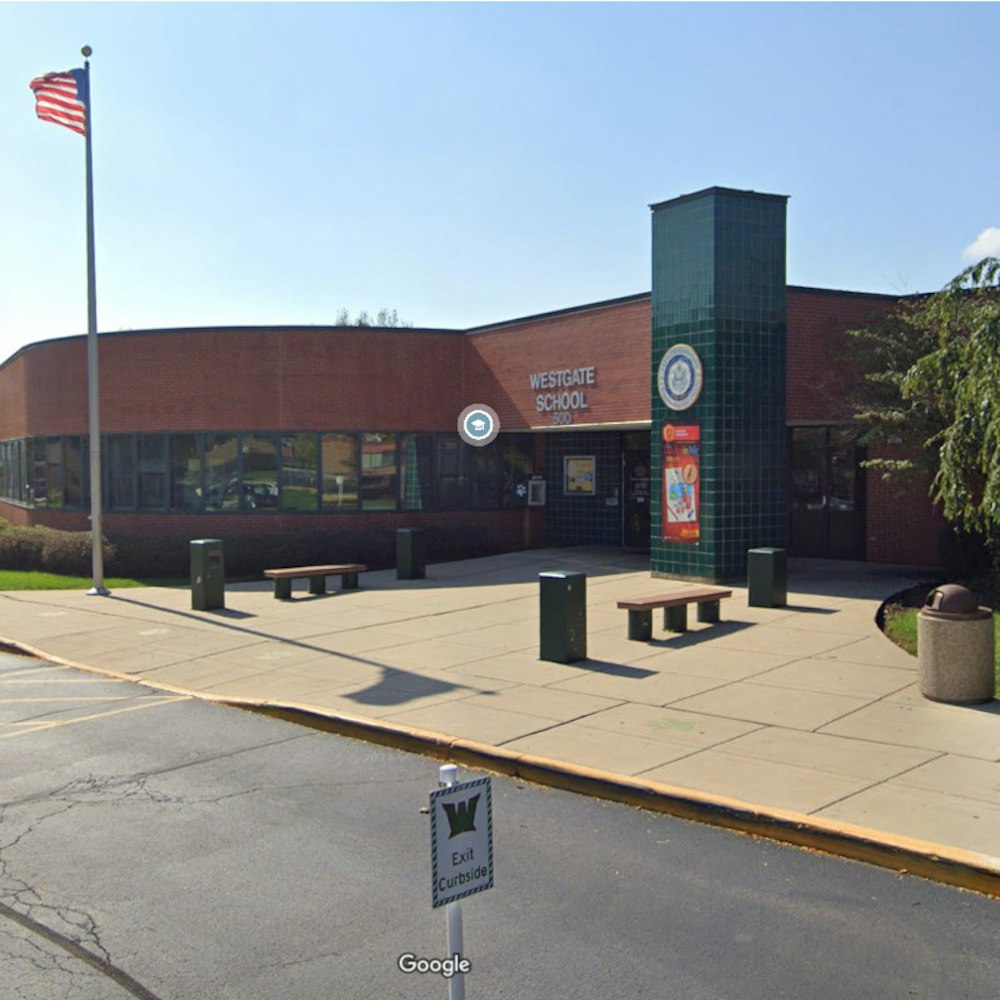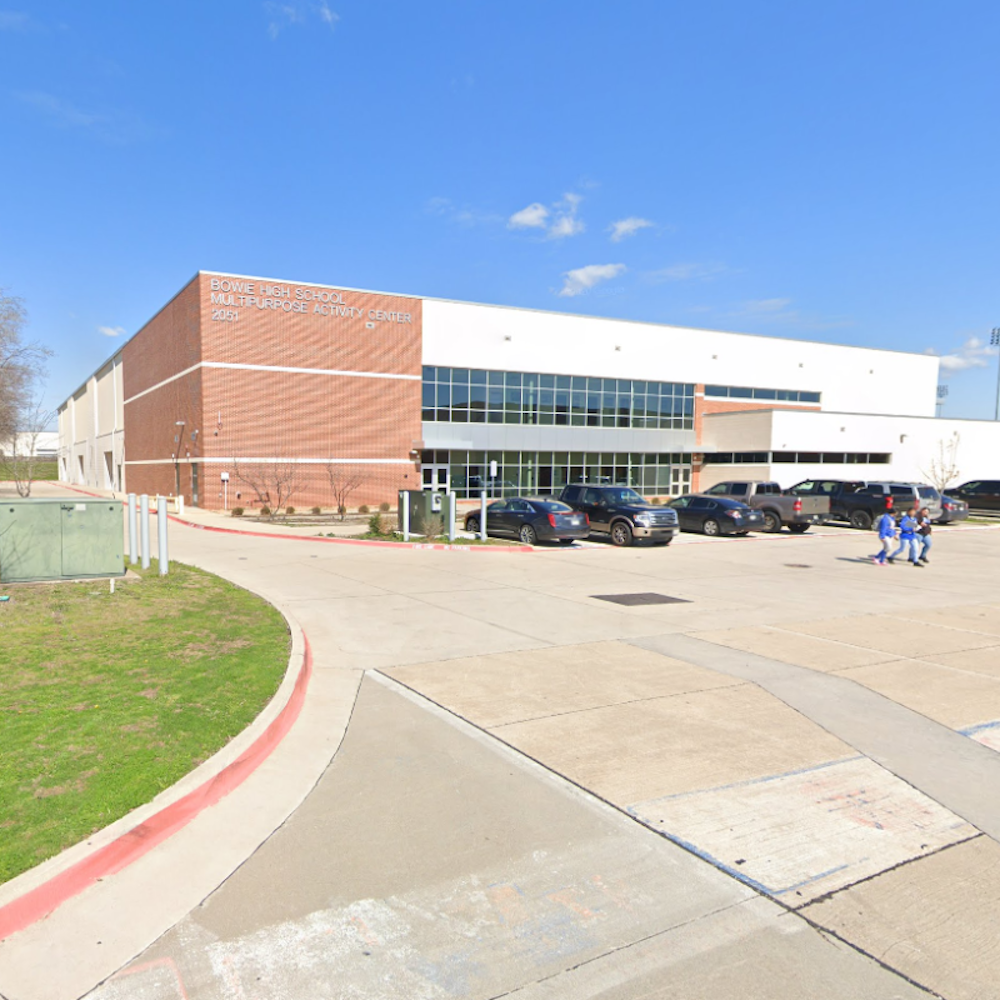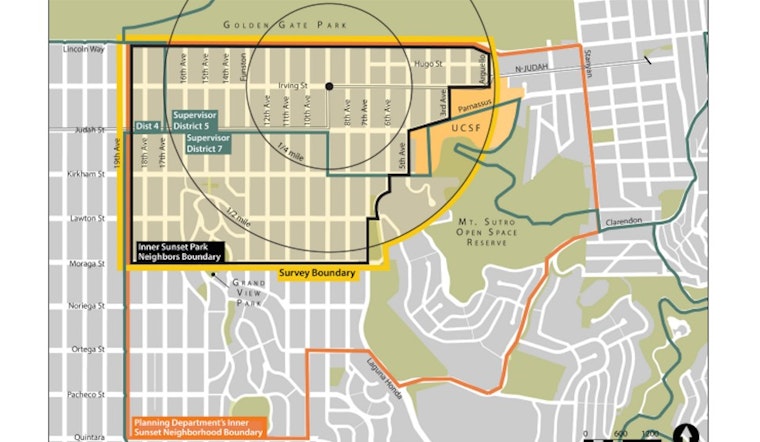
Last night, Tani Elliott, a planner with the Port of San Francisco, presented the results of an Inner Sunset neighborhood character survey she conducted in 2014. Elliott shared her findings in an open house hosted by Inner Sunset Park Neighbors, a non-profit group that helped promote the survey.

Hoodline/Walter Thompson
Elliott gathered the data in pursuit of her Master’s in City and Regional Planning at UC Berkeley. “I’d put it out there to people I was working with previously that I was interested in working directly with a community that was undergoing some change,” she said.
According to an ISPN statement, 1,000 respondents received the survey, which asked about “housing, transit, parking, biking, parks and community space, our commercial district and sense of community.”
In the meeting, ISPN members brainstormed ideas for using data from Elliott’s survey to create an Inner Sunset master plan similar to the Sunset Blueprint released by Supervisor Katy Tang in 2014. Board member Andrea Jadwin said the survey was “an opportunity to get broader feedback, find common ground, and be more efficient at City Hall.”

Hoodline/Walter Thompson
Elliott said she selected the Inner Sunset specifically because it’s not a prime location for development. “We’ve done this whole eastern neighborhoods plan, we’ve projected that we think there’s going to be a lot of growth on that side of the city, but people aren’t really talking about the western side of the city.”
The survey, which has a 6.5 percent margin of error, received 250 responses. Some top-level numbers:
- 96 percent of respondents are satisfied with living in the Inner Sunset
- About two-thirds say the area’s housing density is “just right”
- 95 percent said they “feel at home,” and 75% know their neighbors
- One-third of all residents do all or most of their essential shopping close to home
- 92 percent visit Golden Gate Park more than once a month, while 50 percent attend the Inner Sunset Farmer’s Market and 25 percent use the parklet in front of Arizmendi Bakery in the same timeframe.

In descending order, the five most popular overall reasons for moving to the neighborhood are affordability, desirable living space, walkability, access to public transit and proximity to Golden Gate Park. Residents who arrived in the last five years said they moved for affordability, walkability and public transit, with access to schools ranked as a low priority.
When asked about which neighborhood improvements they’d most like to see, respondents said existing businesses, parking and affordable housing. 54 percent support building more housing in San Francisco, but only 30 percent are in favor of adding new units to the Inner Sunset. “People are leaning toward protecting what’s there, instead of building new things,” said Elliott.

Census data reports that 37 percent of Inner Sunset residents rent and 63 percent are homeowners, but survey respondents broke down 70/30, renters over homeowners. 56 percent of renters said they worry about their ability to stay in their apartment, but 100 percent of owners “feel stable in their living arrangement,” reports the survey.
Elliott said many of the results challenged her expectations about people who live in the fogbelt. “I went in sort of expecting to hear a lot of NIMBY-type responses, and I would say I heard less of it than I was braced for.”Each survey question included space for freeform answers, so Elliott gathered and sorted hundreds of comments:
"Stop building condos and Starbucks (La Boulange)"
"Non-modifiable: fog; Modifiable: not enough trees"
"Rents are skyrocketing for long time businesses... forcing them to close and more “pretentious” places moving in."
"We need a few 8 story + condo buildings and UCSF needs its own employee parking that is free."
"Other neighborhoods have better restaurants, cafes, clothing stores, shoe stores, etc."
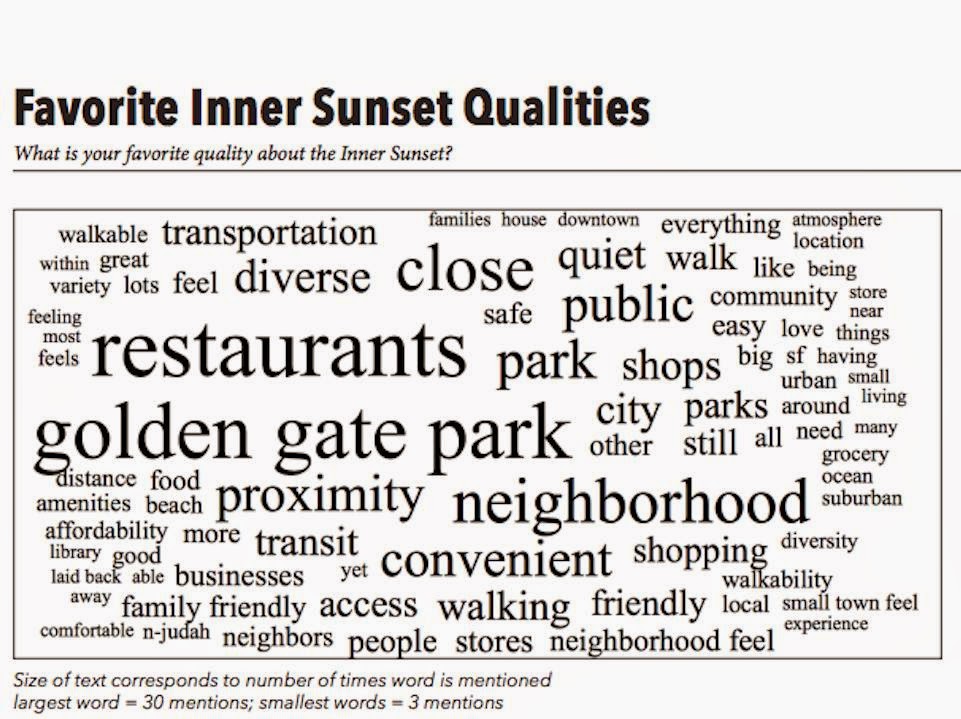
courtesy Tani Elliott
If she conducted the survey again today, Elliott said she “would focus a little more on the qualitative side. The verbatim written comments are the most interesting, you learn a lot from it. But it’s harder to talk about, since numbers speak louder.”
Download the complete survey (PDF, 2.6 MB)
